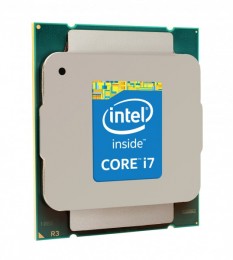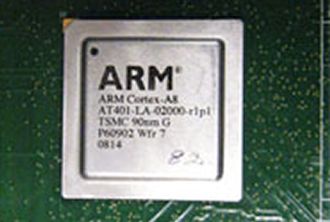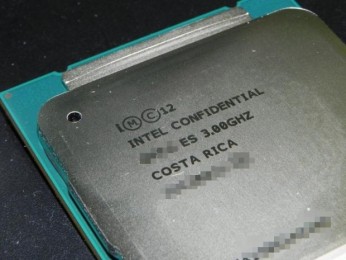 Star of Back to the Future Michael J. Fox is teaming up with Intel to use the Internet of Thongs to find a cure for Parkinson’s Disease.
Star of Back to the Future Michael J. Fox is teaming up with Intel to use the Internet of Thongs to find a cure for Parkinson’s Disease.
Fox’s plan involves using gear like the Pebble Watch to help in the fight.
Patients in phase one of the Parkinson’s study are being given Pebble watches which are paired with a smartphone. “The setup monitored daily movements and securely uploaded data to the cloud, letting researchers seamlessly keep tabs on multiple patients without disrupting their schedules.”
The smartwatch maker is excited to see its technology being used in medical research and perhaps ultimately helping to bring a change.
Chipzilla’s involvement using a new big data analytics platform that detects patterns in participant data collected from wearable technologies used to monitor symptoms.
Todd Sherer, PhD, CEO of The Michael J. Fox Foundation said that data science and wearable computing hold the potential to transform the ability to capture and objectively measure patients’ actual experience of disease, with unprecedented implications for Parkinson’s drug development, diagnosis and treatment.
The potential to collect and analyse data from thousands of individuals on measurable features of Parkinson’s, such as slowness of movement, tremor and sleep quality, could enable researchers to assemble a better picture of the clinical progression of Parkinson’s and track its relationship to molecular changes.
Wearables can unobtrusively gather and transmit objective, experiential data in real time, 24 hours a day, seven days a week. With this approach, researchers could go from looking at a very small number of data points and burdensome pencil-and-paper patient diaries collected sporadically to analyzing hundreds of readings per second from thousands of patients and attaining a critical mass of data to detect patterns and make new discoveries.
The idea was trailed earlier this year to evaluate the usability and accuracy of wearable devices for tracking agreed physiological features from participants and using a big data analytics platform to collect and analyze the data. The participants (16 Parkinson’s patients and nine control volunteers) wore the devices during two clinic visits and at home continuously over four days.
Intel data scientists are now correlating the data collected to clinical observations and patient diaries to gauge the devices’ accuracy, and are developing algorithms to measure symptoms and disease progression.
Later this year, Intel and MJFF plan to launch a new mobile software that enables patients to report their medication intake as well as how they are feeling. The effort is part of the next phase of the study to enable medical researchers to study the effects of medication on motor symptoms via changes detected in sensor data from wearable devices.
 Apple, Google, Intel and Adobe have gone back to the drawing board to come up with a more reasonable deal with tech workers in a high-profile lawsuit over hiring practices in Silicon Valley.
Apple, Google, Intel and Adobe have gone back to the drawing board to come up with a more reasonable deal with tech workers in a high-profile lawsuit over hiring practices in Silicon Valley.

















